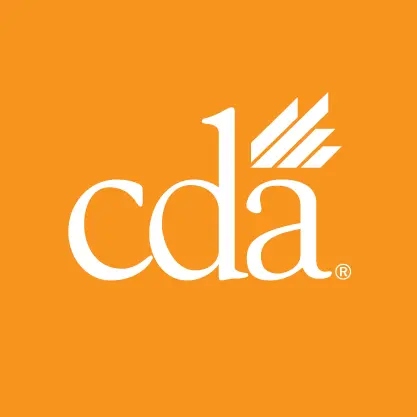A new guideline from the American Dental Association advises against using antibiotics to manage pain and swelling for most pulpal and periapical conditions in immunocompetent adults.
“Evidence-Based Clinical Practice Guideline on Antibiotic Use for the Urgent Management of Pulpal- and Periapical-Related Dental Pain and Intraoral Swelling,” published in the November issue of the Journal of the American Dental Association, recommends only the use of dental treatment for pulpal and periapical conditions. The report states that over-the-counter pain relievers such as acetaminophen or ibuprofen can be used, if needed.
The report’s authors provide recommendations for five clinical scenarios that address antibiotic use when definitive, conservative (tooth-preserving) dental treatment (DCDT) is and is not immediately available. In most of these situations, the authors recommend against using antibiotics, regardless of the availability of DCDT. The authors do suggest that dentists prescribe antibiotics for immunocompetent patients with pulp necrosis and localized acute apical abscess when DCDT is not available.
“Dental treatment without antibiotics is often sufficient to manage a dental infection, but when it is not available and the patient has signs and symptoms such as fever or swollen lymph nodes, antibiotics may need to be prescribed,” said Peter B. Lockhart, DDS, chair of the expert 17-member panel that developed the guideline.
“But in most cases when adults have a toothache and access to dental treatment, antibiotics may actually do more harm than good,” Dr. Lockhart said.
The new guideline comes at a time when antibiotics are under scrutiny. Both the overuse and inappropriate use of antibiotics are considered primary drivers of antibiotic resistance and are associated with C. difficile infections and increased emergency department visits for adverse events. And public health organizations have sounded the alarm. In April, the World Health Organization published a report indicating that drug-resistant diseases could become the leading cause of death globally by 2050.
The December 2018 issue of the Journal of the California Dental Association spotlights antibiotic stewardship in dentistry with a feature article by Peter L. Jacobsen, PhD, DDS, that provides use guidelines for a broad range of situations common in dentistry. In the article, Dr. Jacobsen examines the four core elements of antibiotic stewardship (commitment; action for policy and practice; tracking and reporting; and education and expertise). He also provides considerations for optimal antibiotic prescribing that encompass pretreatment, prescribing and staff education.
Read the new ADA guideline.

